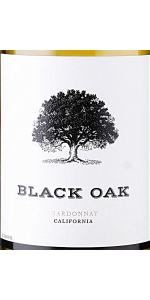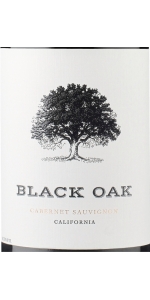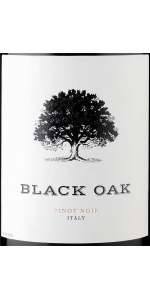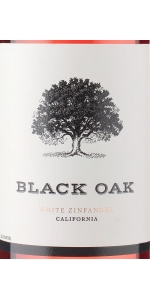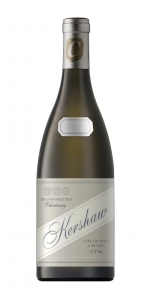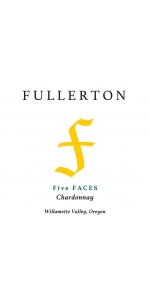The Chateau Diana Winery, located in Sonoma County, CA, was founded 30 years ago when Tom and Diane Manning moved from New York to California to pursue their dream of providing high quality California wines for the East coast. Over the course of 30 years, the Chateau Diana Winery has developed a specialty in producing low alcohol wines. Today, the winery is owned by siblings Corey and Dawn (Manning) where they follow the traditions and values their parents adopted when they first began operations.
Date Founded: 1981
Owner: Dawn and Corey Manning
The winery was named after Diane Manning, the mother of brother and sister Dawn and Corey. Tom and Diane Manning started the winery in 1981 on land bought from the former Le Baron Ranch.
Chateau Diana Winery was founded in 1981, but its beginnings were crafted along a career path that would take Tom Manning, and later, his young family on a coast-to-coast journey.
Tom was orphaned as a child and raised by his aunt. Though he never finished high school, he was a hard worker from the age of 14. Sales seemed to come natural to Tom and he moved through the sales ranks of various companies. Eventually, he found a natural fit within the wine industry.
With his young wife Diane and his expanding family, Tom lived in various states, eventually settling in beautiful Northern California. Residing first in San Francisco, Tom was lucky to be involved in the early days of a rapidly growing wine retailing group, Trader Joe’s. The owner personally selected Tom to develop Negociant Wine Brands.
With the rapid sales and success that Tom enjoyed, he seized the opportunity to open his own winery facility in 1981. Affectionately named after his wife, Chateau Diana was born in Healdsburg, Ca. Craig, their eldest son, joined Tom and Diane in this exciting venture. Over the next two years, the Mannings developed new wines within the Chateau Diana brand while also looking for a more permanent home for their winery.
In 1983, a dream was realized with the purchase of the LeBaron Ranch encompassing 60 acres in the Dry Creek Valley. 30 years later, the Manning family honors the LeBaron’s legacy of maintaining a family-owned winery. The business continued to grow with a sales office in Southern California, whom their daughter Dawn runs herself. In 1991, another son Corey joined his sister in the family business.
The period between 1999 and 2001 held many changes for Chateau Diana and the Manning family, saddest of which was the unexpected loss of winemaker, Craig Manning. The continued growth of the business within this family struggle, including necessary expansions to the winery facility, was shouldered by Dawn, Corey, and Craig’s Wife, Donna. Their dedication and commitment to hard work is a deep family conviction and is key to the accomplishments at Chateau Diana. When walking the grounds of Chateau Diana you can feel the love and care Craig Manning put into the winery before his passing. He is gone but never forgotten.



